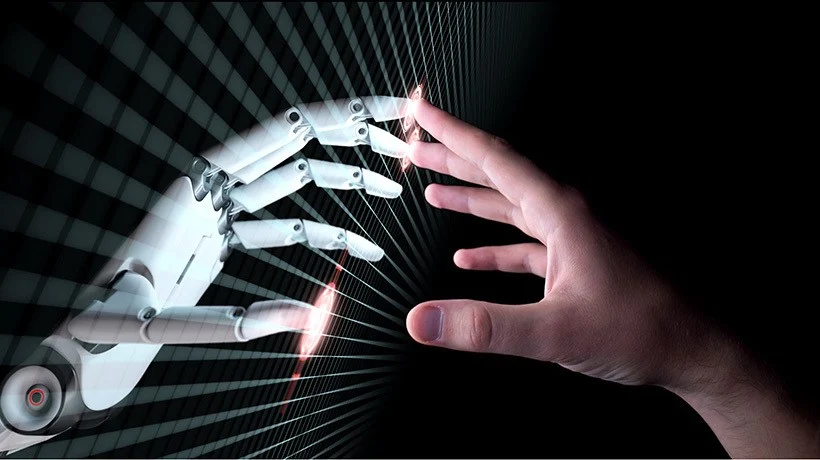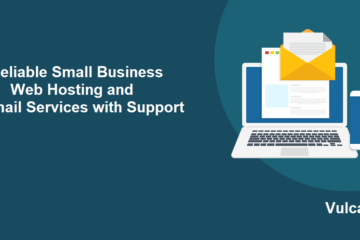Artificial Intelligence is revolutionizing the business landscape, with a significant number of organizations adopting or piloting Artificial Intelligence technologies to boost productivity just like switching to an SSD dedicated server would. According to a survey by BArtificial Intelligence & Co., 87% of 200 companies are already developing, piloting or deploying generative Artificial Intelligence in various capacities.
The initial implementations focus on areas like software development, customer service, marketing, and product differentiation. As companies invest heavily in Artificial Intelligence, with some spending up to $50 million annually, the role of technologies such as dedicated server hosting in business operations is expanding rapidly.
In this article, you will learn about ways to trArtificial Intelligence your workforce for the Artificial Intelligence revolution and why you should do it.
Table of Contents
How To Train Artificial Intelligence Enabled Workforce and Why?
The Rise of Generative Artificial Intelligence and Its Challenges
The Urgent Need for Artificial Intelligence Upskilling
Building an Artificial Intelligence-Ready Workforce
The Importance of Hands-On Artificial Intelligence Training
The Shift in Workforce Dynamics Due to Artificial Intelligence
Addressing the Risks and Realities of Artificial Intelligence
How To Train Artificial Intelligence Enabled Workforce and Why?
The Rise of Generative Artificial Intelligence and Its Challenges
Generative Artificial Intelligence, a subset of Artificial Intelligence that focuses on generating new content, is set to become a major force in organizational spending. By 2027, it is projected to account for 29% of Artificial Intelligence spending, contributing to a market valued at $407 billion. However, this rapid adoption brings challenges, particularly in terms of data security, regulatory compliance and employee upskilling.
Organizations must navigate these issues while leveraging generative AI to stay competitive. As highlighted by Harvard Business School Professor David Yoffie, Artificial Intelligence is dominating tech investments, often at the expense of non-artificial intelligence initiatives such as Vps server hosting.
The Urgent Need for Artificial Intelligence Upskilling
As Artificial Intelligence adoption soars, a significant skills gap is emerging. Organizations are struggling to find skilled workers who can effectively harness artificial intelligence technologies.This skills shortage is leading to product delays, quality issues and lost revenue.
IDC predicts that by 2026, over 90% of organizations will experience similar challenges, resulting in more than $5.5 trillion in losses. To mitigate these risks, companies are increasingly focusing on upskilling their workforce. A recent survey by Heidrick & Struggles revealed a 9% year-over-year increase in companies developing artificial intelligence talent internally.
Building an Artificial Intelligence-Ready Workforce
Creating an artificial intelligence-ready workforce is a complex and evolving process. It requires a clear understanding of organizational goals, a commitment to innovation and strategic investments in talent. Key roles in an artificial intelligence team include data scientists, artificial intelligence software engineers, chief artificial intelligence officers, artificial intelligence security officers, prompt engineers and legal consultants.
These professionals bring a mix of technical expertise and strategic insight necessary to implement and manage artificial intelligence initiatives. Companies must also focus on broader skill sets, ensuring that their workforce can adapt to the rapidly changing artificial intelligence landscape.
The Importance of Hands-On Artificial Intelligence Training
While many organizations offer basic artificial intelligence training, real-world application is crucial for effective adoption. Artificial intelligence training that is not followed by on-the-job use is often wasted, as employees struggle to integrate artificial intelligence into their workflows.
Generative AI requires a deep understanding of prompt engineering and the nuances of different artificial intelligence models. As Gartner’s Emily Rose McRae points out, iterative learning and hands-on experimentation are key to mastering generative AI. Companies should provide practical examples and use cases that demonstrate how artificial intelligence can enhance specific roles and workflows. A well-structured, Prompt engineering course is essential for individuals and teams looking to harness the full potential of generative AI. These courses typically teach how to craft effective prompts, experiment with different models, and refine outputs to meet business objectives, enabling organizations to optimize AI’s performance and drive better results.
The Shift in Workforce Dynamics Due to Artificial Intelligence
Artificial Intelligence is reshaping how organizations think about their workforce. Employees are increasingly questioning whether they are receiving adequate development opportunities and whether their employers are leveraging artificial intelligence innovations effectively. Those who are not upskilled in artificial intelligence may find themselves at a disadvantage, as artificial intelligence tools can significantly enhance productivity and quality of work.
This shift mirrors previous technological revolutions such as the advent of the internet and cloud computing. As artificial intelligence becomes more integrated into business operations, organizations that fail to upskill their workforce risk falling behind.
Addressing the Risks and Realities of Artificial Intelligence
Despite the potential benefits of artificial intelligence, there are significant risks associated with its adoption. Generative AI tools can produce content that may be inaccurate or biased, leading to potential legal and reputational issues. Organizations must ensure their employees are aware of these risks and are trained to critically evaluate AI generated content.
McRae recommends implementing “Information Skepticism” training, similar to phishing awareness programs to help employees recognize and mitigate the risks associated with artificial intelligence.This training should be followed by regular tests to maintain vigilance.
Conclusion
The rapid adoption of artificial intelligence, particularly generative AI is transforming the business world. Companies are investing heavily in AI technologies but the skills gap remains a significant challenge.To stay competitive, organizations must prioritize upskilling their workforce, focusing on both technical and adaptable skills.
Hands-on training and real-world application are crucial for effective artificial intelligence adoption. As artificial intelligence reshapes workforce dynamics, companies that embrace these changes and address the associated risks will be well-positioned to thrive in the AI-driven future.
Did this article help you in preparing your workforce for artificial intelligence? Share your feedback with us in the comments section below.
Generative AI requires a deep understanding of prompt engineering and the nuances of different artificial intelligence models. As Gartner’s Emily Rose McRae points out, iterative learning and hands-on experimentation are key to mastering generative AI. Companies should provide practical examples and use cases that demonstrate how artificial intelligence can enhance specific roles and workflows. A well-structured, Prompt engineering course is essential for individuals and teams looking to harness the full potential of generative AI. These courses typically teach how to craft effective prompts, experiment with different models, and refine outputs to meet business objectives, enabling organizations to optimize AI’s performance and drive better results.




